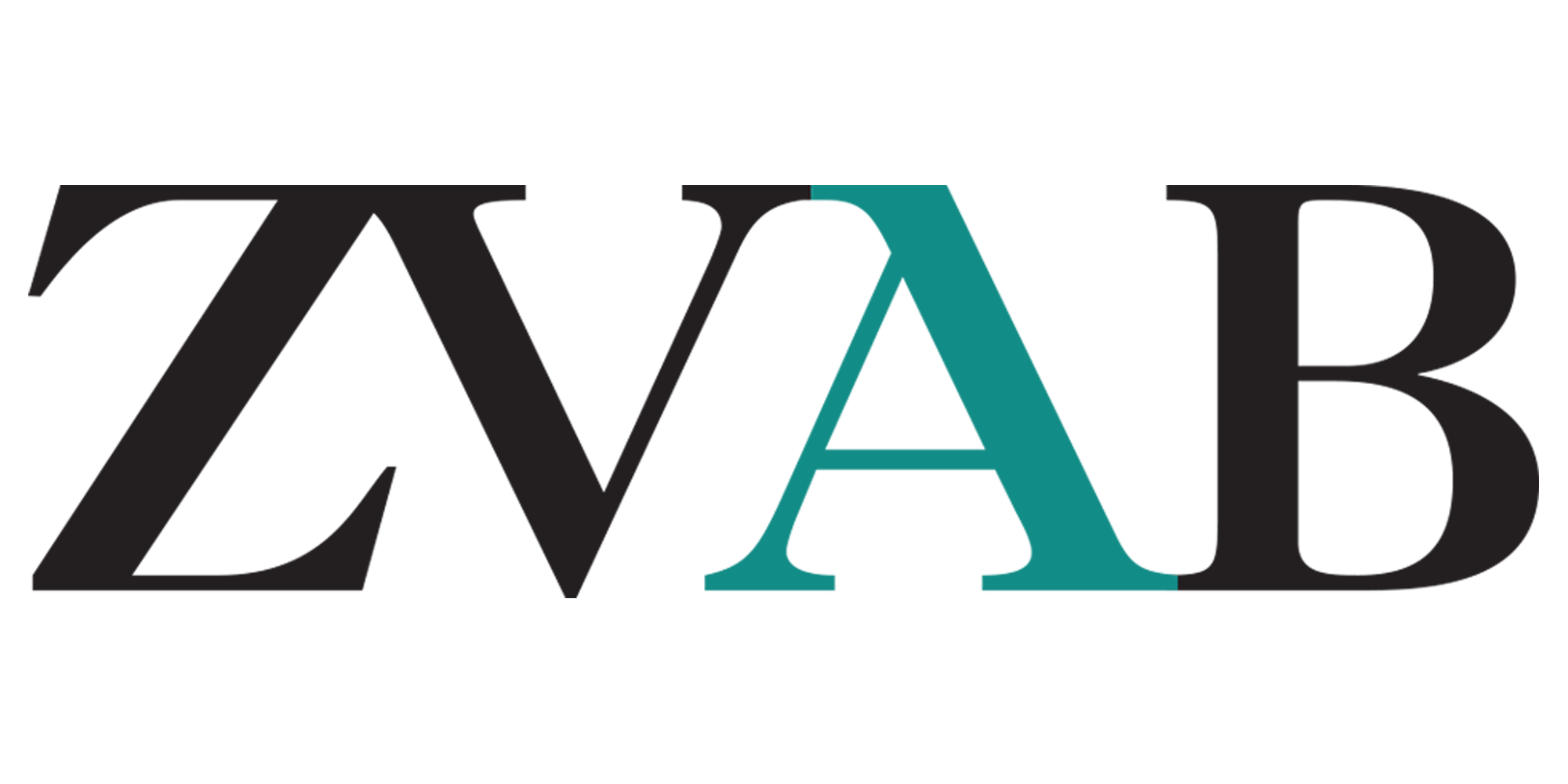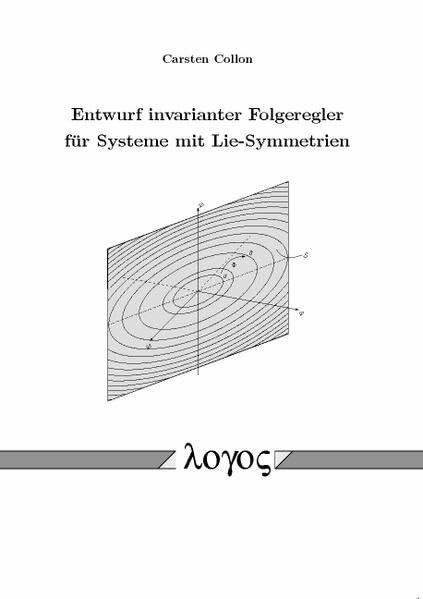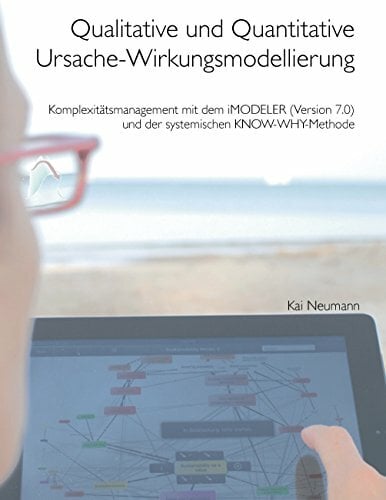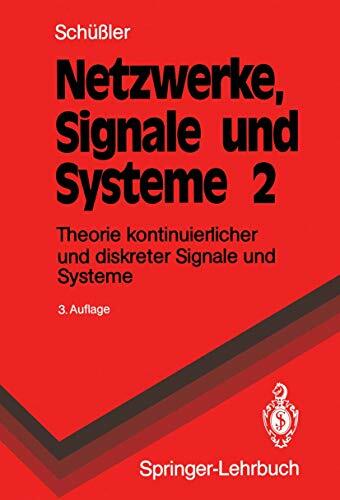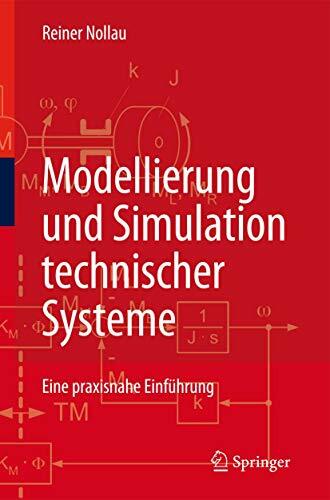
Structure-Exploiting Coupled Symbolic-Numerical Model Reduction For Electrical Networks
Kurzinformation
inkl. MwSt. Versandinformationen
Artikel zZt. nicht lieferbar
Artikel zZt. nicht lieferbar

Beschreibung
In order to avoid immense time and financial effort for the production of deficiently designed prototypes of integrated circuits (ICs), industrial circuit design uses mathematical models and simulations to predict and analyse the physical behavior of analog electronical systems. The thereby generated (partial) differential-algebraic systems of equations are composed of component characteristics and Kirchhoff laws. During the last years, increasing miniaturization and integration density of components on a single chip led to systems containing several millions of equations, which have to be reduced to their dominant parts in order to handle the complexity. Besides a large number of numerical analysis and reduction methods, there also exist symbolic techniques, which indeed are costly to compute, but allow deeper analytical insights into the behavior of the system. In this book, new strategies for the analysis and reduction of systems of ever-growing size and complexity are developed by exploiting the hierarchical structure of analog electronical circuits for coupled symbolic-numerical model reduction. Thereby, the entire circuit is considered as a system of subcircuits that are interconnected by a certain topology. By using a novel concept of subsystem sensitivities, a newly developed algorithm reduces the subcircuits separately from each other. This does not only allow for a faster solving of smaller problems, it further permits the coupling of different reduction techniques. Moreover, particularly in the symbolic case, larger systems become manageable at all. Finally, the advantages and the practicability of the new techniques are demonstrated on amplifier circuit examples typically used in industrial applications.
Produktdetails

So garantieren wir Dir zu jeder Zeit Premiumqualität.
Über den Autor

- paperback
- 420 Seiten
- Erschienen 2013
- Springer

- Hardcover
- 256 Seiten
- Erschienen 2006
- Addison Wesley ein Imprint ...

- Gebunden
- 336 Seiten
- Erschienen 2008
- Springer
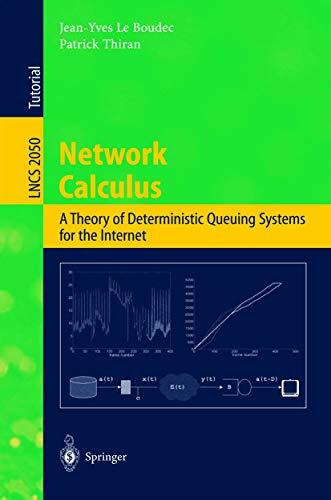
- paperback
- 296 Seiten
- Erschienen 2008
- Springer

- Hardcover
- 352 Seiten
- Erschienen 2018
- Wiley-IEEE Press

- Gebunden
- 188 Seiten
- Erschienen 2012
- Springer

- Kartoniert
- 384 Seiten
- Erschienen 2014
- Pearson Studium

- Hardcover
- 1168 Seiten
- Erschienen 2005
- Addison Wesley ein Imprint ...

- Gebunden
- 652 Seiten
- Erschienen 2013
- Springer





